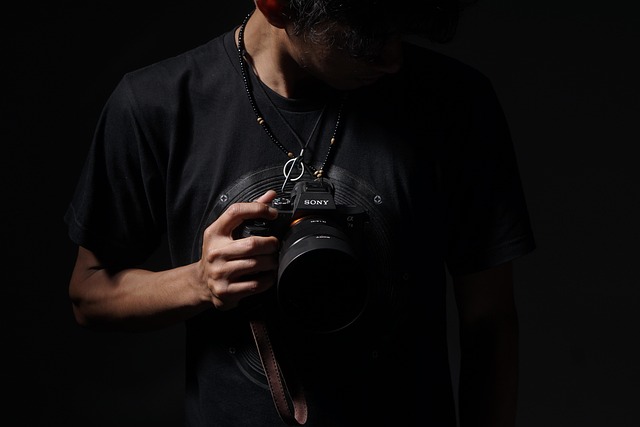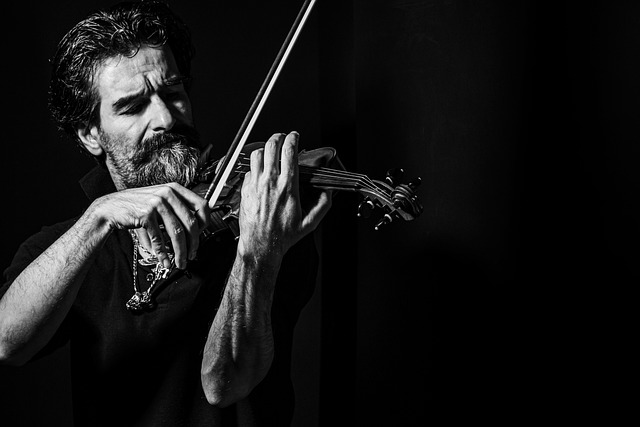Mastering the Art of Framing: A Photographer’s Guide
In the vast world of photography, the concept of framing is not just a technique; it’s an art that can transform a simple image into a captivating story. Every photographer, from the novice to the seasoned pro, can harness the power of framing to evoke emotions, direct attention, and communicate their unique vision.
Understanding Framing
At its core, framing involves composing your shot in such a way that enhances the subject while drawing the viewer’s eye to the desired focal point. It’s about creating a ‘frame within the frame’ that not only highlights your subject but also adds depth to the overall composition. Think of it as setting the stage for your photographic story.
Types of Framing Techniques
Natural Elements
One of the most intuitive ways to frame a subject is by using natural elements found in your environment. Trees, archways, windows, or even shadows can act as organic frames that draw the viewer’s attention to your main subject. Consider walking a little further to find that perfect spot where the elements align just right. The world is full of hidden frames waiting to be discovered!
Leading Lines
Leading lines are a powerful framing tool that guides the viewer’s eye through the photograph. Whether it’s a winding road, a river, or even a row of streetlights, these lines can create a natural path that leads toward your focal point. Experiment with angles and perspectives to find the most dynamic leading lines that complement your scene.
Layering and Depth
Creating layers within your composition adds a sense of depth that can be striking. By incorporating foreground elements, you can frame your subject in a way that invites the viewer into the photograph. This technique also adds context and story, giving your audience a reason to linger and explore the image further.
Emotional Impact through Framing
The framing of an image can evoke various emotional responses from the viewer. A tightly cropped frame may convey intimacy or urgency, whereas a wide shot might invoke a sense of freedom or isolation. Think about the emotions you want to convey and use framing accordingly. Play with your distance, angle, and composition to achieve the desired mood.
Practicing Your Framing Skills
Just like any skill, mastering the art of framing takes practice. Take your camera out and challenge yourself to capture images that utilize the various framing techniques discussed here. Try to shoot the same scene from different angles and distances, changing your framing each time. You’ll discover new ways to see the world through your lens, and each click of the shutter will bring you one step closer to becoming a master of framing.
As you embark on this journey, remember that there are no strict rules. Photography is an art form, and your interpretation of framing can set you apart. So, go ahead, experiment, and find your own style!




